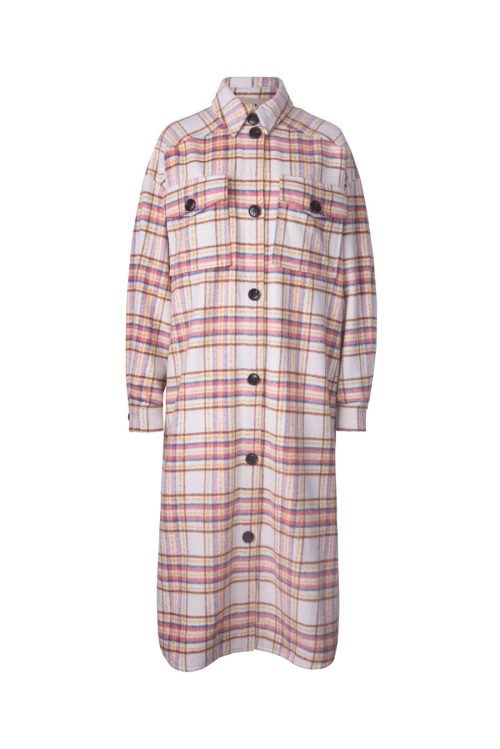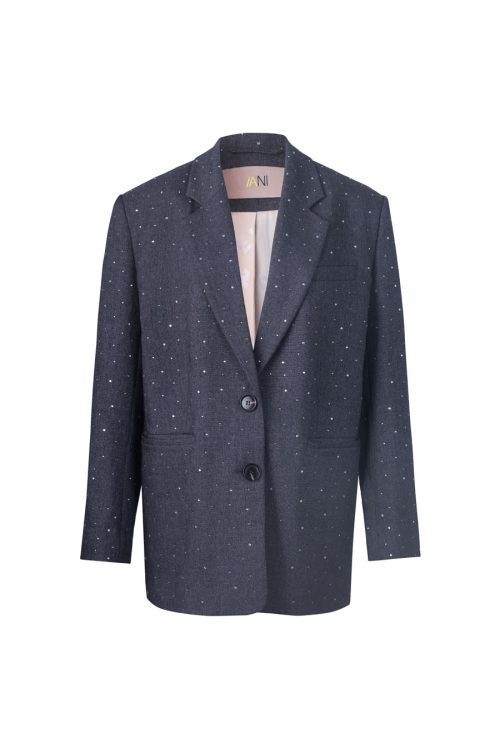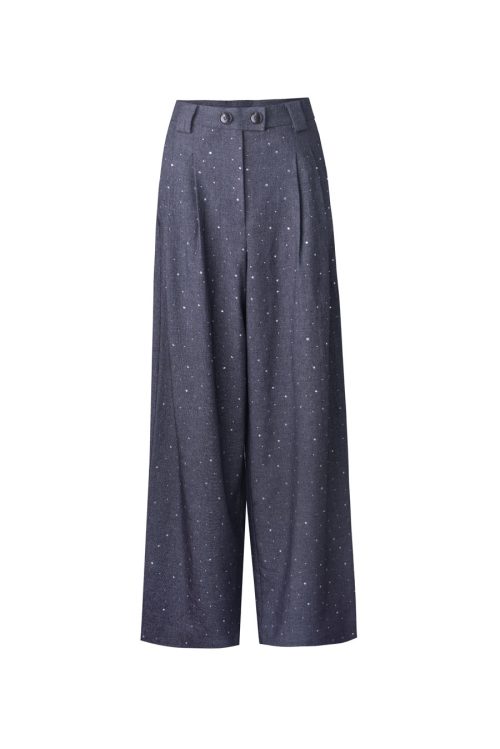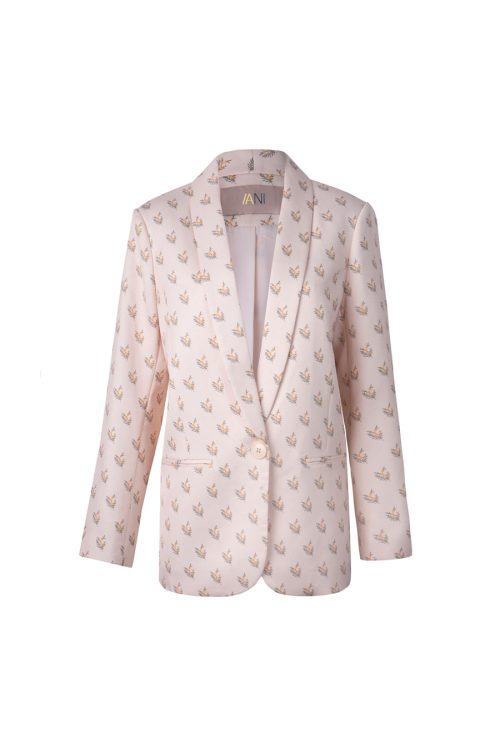
China’s wholesale clothing market stands as a global powerhouse, pivotal to the world’s fashion supply chain. From bustling markets in Guangzhou to the vast expanse of Yiwu International Trade City, China offers unparalleled opportunities for buyers worldwide. This article delves into the core aspects of China’s wholesale clothing market, highlighting its advantages, navigating tips, challenges, and future trends.
Introduction to China’s Wholesale Clothing Market
China’s garment industry is a cornerstone of its economy and a crucial player in global trade. The country’s wholesale clothing market is vast and diverse, catering to every fashion need from high-end couture to budget-friendly options. With a well-established supply chain and a reputation for efficiency, China remains a top destination for wholesalers and retailers looking to source quality clothing at competitive prices.
Overview of China’s Garment Industry
The Chinese garment industry has evolved significantly over the decades, transforming from a manufacturing hub to an innovation leader in fashion. This growth is driven by investments in technology, skilled labor, and robust infrastructure. As a result, China can produce a wide range of clothing items, including women’s skirts, blouses, jackets, and pants, meeting international standards and fashion trends.
Importance in Global Trade
China’s dominance in the global garment trade is undisputed. It is the largest exporter of textiles and apparel, supplying a significant portion of the world’s clothing needs. This dominance is supported by its ability to deliver high-quality products at scale, making it an essential partner for fashion businesses worldwide.
Major Wholesale Clothing Markets in China
China boasts several major wholesale clothing markets, each with its unique offerings and specialties. Understanding these markets is crucial for buyers looking to maximize their sourcing efficiency.
Guangzhou Wholesale Market
Guangzhou is often considered the heart of China’s wholesale clothing market. It hosts numerous large-scale markets, such as the Guangzhou Baima Garment Market, known for its wide variety of clothing and accessories. Buyers can find everything from casual wear to formal attire, all at competitive prices.
Shenzhen Wholesale Market
Shenzhen, a tech hub, also has a thriving wholesale clothing market. It is known for its fashionable and trendy apparel, catering to younger demographics. The city’s proximity to Hong Kong adds to its appeal, offering a mix of international and local styles.
Yiwu International Trade City
Yiwu International Trade City is one of the largest wholesale markets globally. It offers an extensive range of products, including clothing, accessories, and textiles. Yiwu is particularly popular among small and medium-sized enterprises due to its affordable prices and comprehensive product range.
Hangzhou Wholesale Market
Hangzhou is renowned for its high-quality silk and innovative fashion designs. The city’s wholesale markets focus on both traditional and contemporary styles, attracting buyers looking for unique and premium clothing items.
Beijing Wholesale Market
Beijing’s wholesale markets are known for their diversity and scale. They offer a wide range of clothing, from luxury brands to budget options, catering to different market segments. The city’s strategic location also makes it a convenient sourcing destination for international buyers.
Advantages of Sourcing Clothes from China
Sourcing clothes from China offers numerous advantages, making it a preferred choice for wholesalers and retailers around the world.
Cost Efficiency
China’s ability to produce clothing at a lower cost is one of its biggest advantages. This cost efficiency is achieved through economies of scale, advanced manufacturing techniques, and a vast labor pool. Buyers can benefit from lower prices without compromising on quality.
High-Quality Manufacturing
Chinese manufacturers are known for their high standards of quality control. They use advanced technology and skilled labor to produce clothing that meets international quality standards. This ensures that buyers receive durable and well-crafted garments.
Advanced Supply Chain
China’s supply chain infrastructure is highly developed, allowing for efficient production and distribution. This advanced supply chain enables manufacturers to quickly respond to market demands and trends, ensuring that buyers can access the latest fashions.
Trend-Responsive Production
Chinese manufacturers are adept at quickly adapting to new fashion trends. This responsiveness allows buyers to stay ahead of the competition by offering the latest styles to their customers. The ability to quickly scale production also ensures that demand is met promptly.
Customization Options
Many Chinese manufacturers offer customization options, allowing buyers to create unique clothing lines tailored to their brand’s identity. This flexibility is particularly beneficial for small and medium-sized enterprises looking to differentiate themselves in a competitive market.
Navigating the Wholesale Markets
Navigating China’s wholesale clothing markets can be challenging, especially for first-time buyers. However, with the right strategies, buyers can make the most of their sourcing trips.
Tips for First-Time Buyers
First-time buyers should start by researching the markets they plan to visit. Understanding the layout and specialties of each market can save time and help focus efforts on the most relevant areas. It’s also advisable to make appointments with suppliers in advance to ensure that time is used efficiently.
Negotiation Tactics
Negotiation is a crucial part of doing business in China’s wholesale markets. Buyers should be prepared to negotiate prices and terms. Building a good relationship with suppliers can also lead to better deals and more favorable terms.
Understanding Local Business Practices
Familiarizing oneself with local business practices is essential for successful transactions. This includes understanding cultural norms, business etiquette, and payment practices. Knowledge of these practices can prevent misunderstandings and foster smoother business relationships.
Quality Control Measures
Ensuring product quality is a top priority when sourcing from wholesale markets. Buyers should conduct thorough inspections of the products and request samples before making large orders. Working with third-party inspection services can also help maintain quality standards.
Payment and Shipping Options
Buyers should explore different payment and shipping options to find the most efficient and cost-effective solutions. It’s important to clarify payment terms and ensure that all shipping arrangements are well-documented to avoid delays and disputes.
Challenges and Solutions in the Chinese Wholesale Market
While there are many advantages to sourcing clothes from China, buyers may also face several challenges. Understanding these challenges and knowing how to address them is key to successful sourcing.
Language Barriers
Language barriers can pose a significant challenge for international buyers. Hiring a local interpreter or working with an agent can help bridge the communication gap and ensure clear understanding between buyers and suppliers.
Cultural Differences
Cultural differences can also impact business transactions. Being aware of and respecting local customs and practices can help build strong business relationships and facilitate smoother negotiations.
Shipping Delays
Shipping delays can disrupt supply chains and affect business operations. To mitigate this risk, buyers should plan for potential delays and work with reliable shipping partners. Maintaining open communication with suppliers can also help manage expectations and timelines.
Intellectual Property Issues
Protecting intellectual property is a concern for many buyers. Ensuring that contracts include clear terms regarding intellectual property rights can help prevent infringement. Working with reputable suppliers and conducting due diligence can also minimize risks.
How to Overcome These Challenges
Overcoming these challenges requires proactive planning and effective communication. Building strong relationships with suppliers, conducting thorough research, and seeking professional assistance when needed can help navigate the complexities of the Chinese wholesale market.
Future Trends in China’s Wholesale Clothing Market
The wholesale clothing market in China is constantly evolving. Keeping an eye on future trends can help buyers stay ahead of the curve and make informed sourcing decisions.
Impact of Technology
Technology is playing an increasingly important role in the clothing industry. From automated manufacturing processes to advanced logistics, technological advancements are improving efficiency and reducing costs. Embracing these technologies can provide a competitive edge.
Sustainability Initiatives
Sustainability is becoming a major focus in the fashion industry. Chinese manufacturers are increasingly adopting sustainable practices, such as using eco-friendly materials and reducing waste. Buyers should look for suppliers committed to sustainability to meet the growing demand for environmentally conscious products.
Shift Towards E-Commerce
The rise of e-commerce is transforming the wholesale clothing market. Many suppliers are now offering online platforms for buyers to place orders and track shipments. This shift towards digitalization is making sourcing more convenient and accessible.
Increasing Global Competition
As the global fashion industry becomes more competitive, Chinese manufacturers are focusing on innovation and quality to maintain their edge. Buyers can benefit from this increased competition by accessing a wider range of high-quality products at competitive prices.
Predictions for the Next Decade
In the next decade, the Chinese wholesale clothing market is expected to continue growing, driven by technological advancements and increased focus on sustainability. Buyers can look forward to more innovative products and improved sourcing experiences.
FAQs about China’s Wholesale Clothing Market
How do I find reliable suppliers in China’s wholesale markets? Research and due diligence are key. Visiting the markets, attending trade shows, and seeking recommendations from industry peers can help identify reliable suppliers.
What is the best time to visit China’s wholesale markets? The best time to visit is during trade fairs and peak seasons when new collections are launched. These periods offer a wider selection of products and opportunities to network with suppliers.
How can I ensure the quality of products sourced from China? Conduct thorough inspections, request samples, and work with third-party quality control services to ensure product quality meets your standards.
What are the common payment terms in China’s wholesale markets? Common payment terms include advance payments, letters of credit, and escrow services. It’s important to clarify payment terms with suppliers before finalizing orders.
How can I protect my intellectual property when sourcing from China? Include clear terms regarding intellectual property in contracts, work with reputable suppliers, and seek legal advice to protect your intellectual property rights.
What are the main shipping options for products sourced from China? Shipping options include air freight, sea freight, and express courier services. The choice depends on factors such as budget, urgency, and shipment size.
Conclusion
China’s wholesale clothing market offers immense opportunities for buyers worldwide. With its cost efficiency, high-quality manufacturing, and advanced supply chain, China remains a top destination for sourcing clothing. By understanding the major markets, navigating challenges, and keeping an eye on future trends, buyers can maximize their sourcing potential and build successful business relationships. Whether you are a small boutique or a large retailer, China’s wholesale clothing market has something to offer for everyone.




